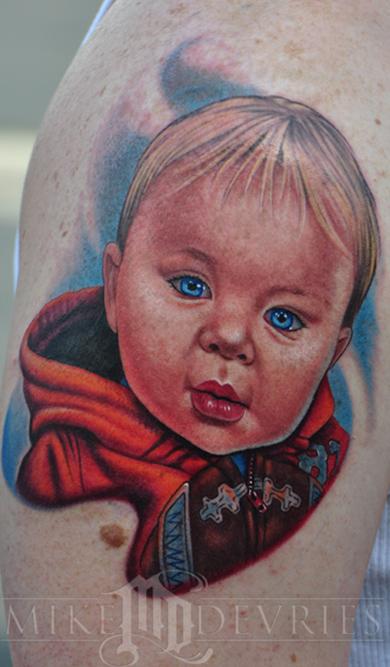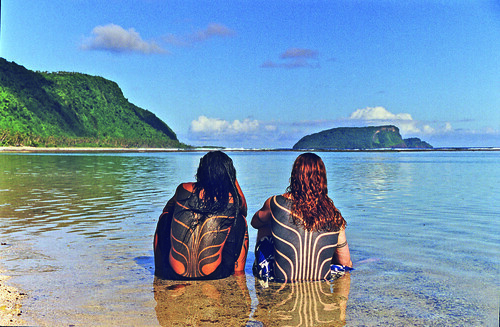Have you ever seen a tattoo that kind-of looks like a cartoon? What about just thick black designs? Or something you immediately know what it is? These are different tattoo styles; traditional, realistic, tribal, and black and gray. Different parts of the country or world give them different names but they all have the same meaning.
Sailor Jerry flash by Andy Howl
American-traditional are inspired by the places American's have been and experiences they've brought back with them. A pioneer in the style, Norman
"Sailor Jerry" Collins, created this style from gathering information from his clients and inspiration from Japanese style. He is especially famous for his
flash, which most famously includes sparrows, anchors, and of course, pin-up women. This style usually includes very simple and basic lines with bold colors and shading. There isn't a lot of technicality to it and is meant to be this way. Although Sailor Jerry is the father of American-traditional, today his flash is everywhere and still inspires this style of tattooing.
Ed Hardy took a new spin on mentor, Sailor Jerry, to create a more
realistic style.
Daniel Higgs and
Freddy "Mr. Niceguy" Corbin worked at Hardy's San Francisco custom-tattoo's-only shop. They worked to give their clients their original piece of art to wear on their skin. Nowadays, artist's like
Mike DeVries take the level of realism to a whole new level with color portraits.
Photo by Diane Mansfield
Tribal tattoos began in tribes all over the world to show what tribes that person was in or what rank within the tribe. The American father of neo-tribalism is
Leo Zulueta. He includes Polynesian traditions in modernized designs. Most American artists have moved away from focusing on tribal, but Zulueta still carries the same traditions and belief's he's always worked with.
Jack Rudy
Black and gray style is exactly what it sounds like. The tattoos are generally towards the more realistic style and use only black ink, but not in the same way tribal artist's do. They use shading techniques to make the ink a deep black or fade it out to make various shades of gray.
Jack Rudy is considered the father of black and gray and single-needle tattooing. This style is still heavily used today. New York artist
Thomas Hooper doesn't strictly do black and gray but it seems to be what he does the most. Hooper tattooed the twins with almost identical tattoos shown above.
Japanese style is traditional to Japan. It originated by the Edo firemen getting these body suit tattoos to protect them from danger. Some samurai warriors also got body suits to protect them. They usually have koi fish, tiger's, dragons, cherry blossom trees, Geisha's or demons in them, depending on what the client wants. Atlanta's own Matt Greenhalgh at
Only You Tattoo is well known for his Japanese style tattoo's.
Next post will be an introduction into a very useful 6-part series so be sure to check back soon!






No comments:
Post a Comment